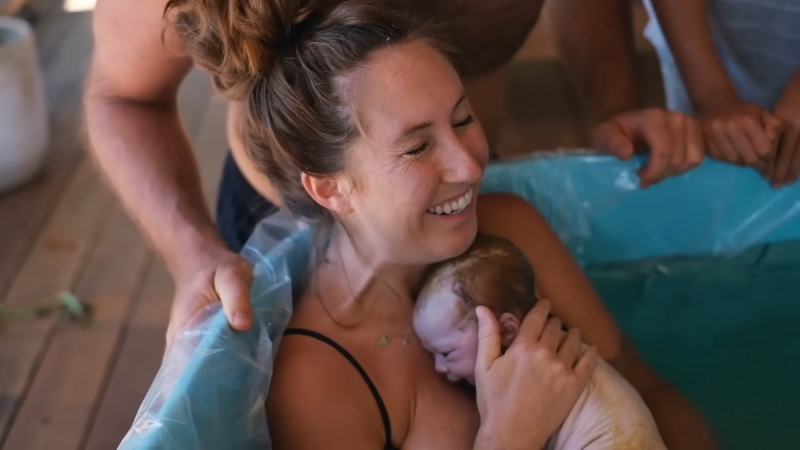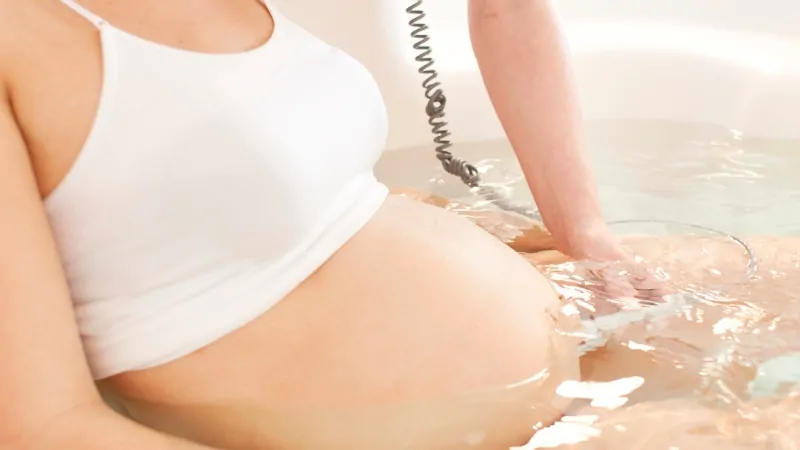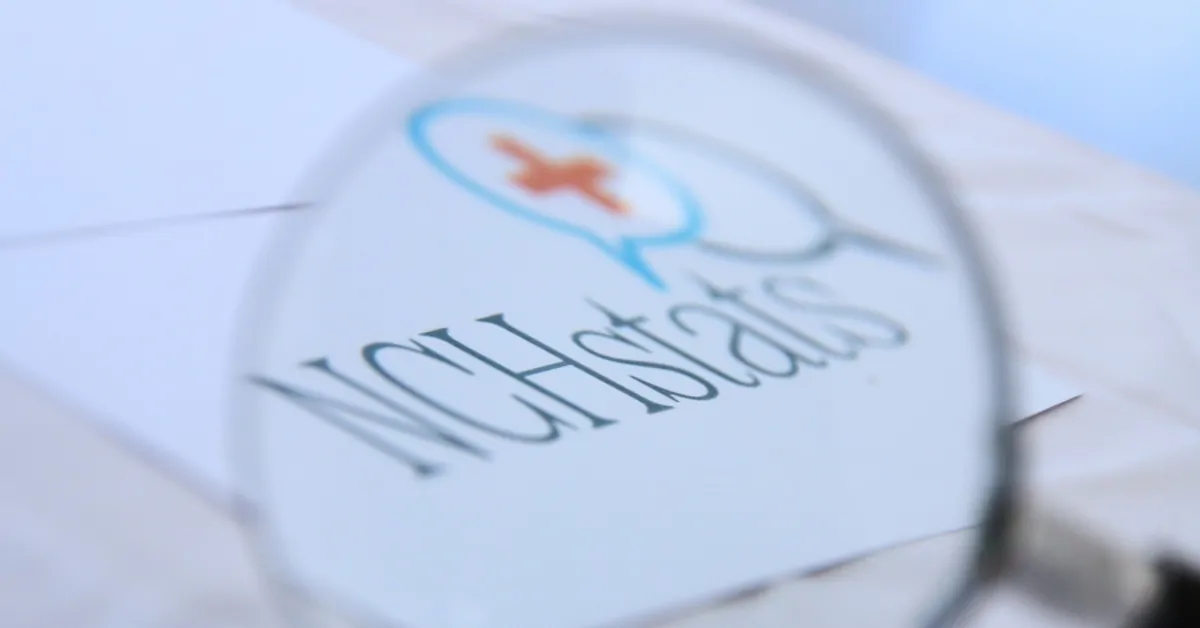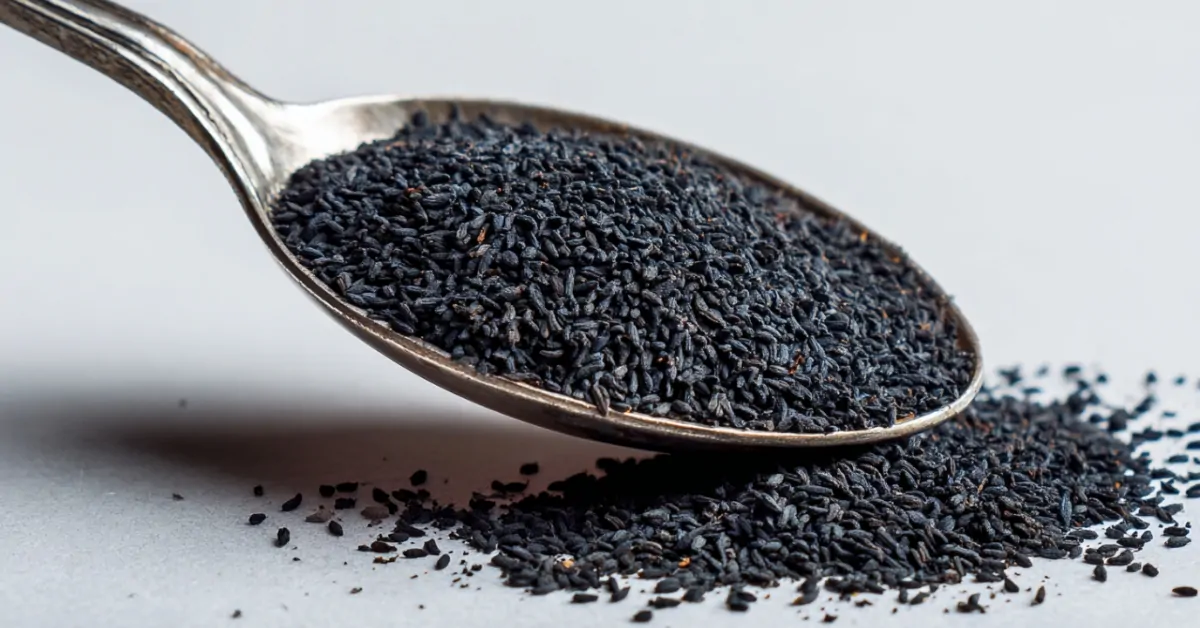In 2021 alone, over 51,000 home births were recorded in the U.S., the highest number since reliable national tracking began.
That marked a 12% jump from the year before, following a 22% increase between 2019 and 2020. It’s not just a post-pandemic ripple effect; it’s a wave that’s been building for years.
So what’s behind it? And who, exactly, is saying “yes” to this kind of birth?
Table of Contents
ToggleA Quick Look at the Numbers
Before we get into the why, here’s a snapshot of the what.
| Year | Total Home Births | % Increase From Previous Year |
| 2019 | 38,506 | – |
| 2020 | 45,646 | +19% |
| 2021 | 51,642 | +13% |
While the overall U.S. birth rate has dipped, the proportion of births happening at home has ticked steadily upward.
In 2021, home births made up 1.26% of all U.S. births, a small percentage, yes, but still a significant jump compared to even a decade ago, according to the CDC.
The numbers break down even further:
And in places like West Virginia, home births skyrocketed, rising 49% in just one year.
So Who’s Doing This, and Why?

It’s tempting to picture one kind of person choosing home birth—probably white, probably affluent, probably a little crunchy. But that stereotype doesn’t work anymore.
The pandemic cracked it open. Social media made it shareable. And ongoing issues like medical mistrust, birth trauma, and institutional gaps gave it staying power.
So, who are the people choosing to have their babies at home? And what’s driving their decision?
Here’s the breakdown.
| Group Choosing Home Birth | Key Motivations | Supporting Data |
| Parents seeking a more personal experience | Emotional safety, autonomy, and familiar environment | 40% of women report feeling pressured into interventions during hospital births¹ |
| Parents with prior negative hospital experiences | Previous birth trauma, lack of consent, or support | 1 in 6 women report traumatic hospital births² |
| Communities with historical medical mistrust | Cultural safety, racial bias, and previous mistreatment in healthcare | Black women are 3x more likely to die from pregnancy-related causes³ |
| Pandemic-era parents recalculating risks | Hospital visitor limits, fear of COVID, and control over the environment | Home births rose 22% from 2019–2020 and 12% from 2020–2021⁴ |
1. Parents Looking for a More Personal Experience
Hospital births can feel, well, medical. Monitors beep, fluorescent lights buzz, nurses swap shifts, and you’re on someone else’s clock. For some, that structure is comforting. For others, it’s overstimulating or even unsettling.
At home, labor can unfold more naturally—at your own pace, in your own space. There’s freedom to move, eat, rest, or labor in water. And you’re not limited to one or two support people.
One mom, Shannon, said she had her second baby in the same room where she and her partner had laughed, fought, and binge-watched Netflix for years. “I didn’t want to labor in a gown in a hospital bed,” she also told.
“I wanted to dance through contractions in my kitchen and climb into my bed after.” For a lot of people, it’s not about rejecting medicine. It’s about reclaiming the experience.
2. Those Who’ve Had a Negative Hospital Experience
View this post on Instagram
A post shared by Dr. Marcy Crouch: Pelvic Floor Physical Therapist (@thedowntheredoc)
For some parents, the hospital isn’t just uninviting—it’s painful. Maybe it was a previous C-section they didn’t fully consent to. Maybe they were scolded for screaming. Maybe they felt completely invisible during one of the most vulnerable moments of their life.
Studies show that 1 in 3 women describe their hospital birth as traumatic. That doesn’t always mean something went wrong medically.
Often, it means they felt powerless, rushed, or ignored. That lingers. And it shapes decisions going forward.
Home birth, for those folks, can be a way to take back agency. Not in a reckless or anti-medical way, but in a “I want to be included in this” kind of way.
And most of them still have hospital plans in place, midwives with gear and training, and clear transfer criteria if anything gets complicated.
3. Communities With Historical Medical Mistrust
Let’s not dance around it: the U.S. healthcare system hasn’t always been kind—or safe—for Black and Indigenous families.
Black women are nearly three times more likely to die from pregnancy-related causes than white women, even when adjusting for income and education.
Columbia Health study shows that in statistics showing that nearly 30% of Black, Hispanic, and multiracial women report being disrespected or ignored during prenatal or birth care, and you start to understand why some people are saying, “I’m opting out.”
But opting out doesn’t mean opting for less car; it means seeking care that feels safer. That often includes midwives who look like them, doulas who understand their fears, and birth spaces where they feel heard.
As Laurel Gourrier, a Black doula and co-host of Birth Stories in Color, puts it: “Many know their chances of having a birth that is led by their voice are strengthened by a support team that has a similar lived experience.”
4. Pandemic-Era Shifts in Risk Tolerance
In early 2020, hospitals stopped feeling like sanctuaries and started feeling risky. Some wouldn’t allow support people in the delivery room. Others separated newborns from parents who tested positive for COVID. And nobody knew what the virus meant for pregnancy.
During that first pandemic year, home births rose 22%. The next year, they rose another 12% according to the Times Magazine. For many families, hospital risk wasn’t just about catching COVID, it was about giving birth alone, masked, in a setting that felt more like a quarantine ward than a birth room.
That cultural flip, where home felt safer than a hospital, stuck with a lot of people. And even now, with protocols back to “normal,” many are choosing to stay home because they realized: they don’t have to be in a hospital to give birth safely.
What the Data Says About Safety
Let’s address the elephant in the room: Is home birth safe?
According to two large national community birth registries, together tracking over 110,000 low-risk pregnancies, planned home births had comparable outcomes to birth center births.
Here’s a quick breakdown:
Outcome
Planned Home Birth
Planned Birth Center
Urgent maternal hospital transfer
Lower in the home birth group
Higher
NICU admission
Slightly lower in home birth
Slightly higher
Neonatal death (low-risk only)
No statistical difference
No statistical difference
Cesarean birth
Varies slightly by dataset, no consistent increase
–
Let’s be clear here: these results only apply to planned, low-risk home births with skilled providers.
We’re not talking about unassisted or emergency deliveries that happen at home. Those are different situations entirely.
For home birth to be considered a safe option, major criteria need to be met:
- Singleton pregnancy
- Baby in head-down (vertex) position
- No history of cesarean section
- Full-term (37–42 weeks)
- No major medical conditions
- Access to emergency transport within ~20 minutes
The American College of Nurse-Midwives and the National Academy of Medicine both support home birth for people meeting those standards.
ACOG (the main OB-GYN professional group) remains cautious, favoring hospitals or accredited birth centers, but even they acknowledge a person’s right to choose.
Midwives: The MVPs of Home Birth
@thehenryfamily_ The ability to create and carry life is a blessing I will never take for granted.🥺 Being pregnant with my 9th baby, and I am in awe of the strength God has given me to do this yet again. As I prepare to give birth at home for the 4th time, I am beyond grateful for the incredible team @jax_community_midwives —the same women who have walked with me for the past four years with our other 3 at home births. Their care, wisdom, and support have made each birth a truly empowering experience. There’s something so sacred about birthing in the comfort of my own home—no unnecessary interventions, no rushed timelines, just peace, trust, and the freedom to bring my baby into the world the way my body was designed to. This is why I choose midwives over traditional OBs. They honor the natural process, trust a mother’s intuition, and provide the hands-on, personal care that every woman deserves. If any woman is on the fence of home birthing, I encourage you to do your research and look into it because it’s truly is a liberating experience. 🙌🏾 #momlife #pregancy #pregancytiktok #pregnantlife #pregnantbelly #homebirthmom #homebirthmidwifery #midwife #familytime ♬ Being a Girl – Jonica
A safe home birth isn’t about winging it. It’s not about DIY medicine or avoiding healthcare. It hinges on working with highly trained midwives, many of whom hold advanced degrees and carry equipment for everything from oxygen to hemorrhage management.
Midwives offering home birth services often:
- Spend 45-60 minutes per prenatal visit
- Provide continuity of care (same provider from pregnancy through birth and postpartum)
- Screen meticulously for any risks that might require hospital backup
- Offer postpartum visits at home in the days after birth
That level of care is rare in the hospital system. And it’s part of what draws families in.
What About Emergencies?
Good question. Every midwife planning home births should have protocols for emergencies. Many work closely with backup OBs or have hospital transfer agreements.
The transfer rate for planned home births sits around 10–15%, depending on the study and the region, as noted by Science Direct. Most transfers happen for non-urgent reasons, like slow labor, exhaustion, or pain relief. Urgent transfers (think: bleeding, baby in distress) are rarer but do happen.
Here’s where it gets real: parents choosing home birth know this. They know birth is unpredictable. But they’re also betting that with the right team and a solid plan, the odds are on their side—and they’re often right.
It’s Not Just About Birth

For many, home birth isn’t only about how the baby comes out. It’s about the entire experience of becoming a parent or growing your family.
Some things that parents say they value:
- Laboring in water (birthing tubs are a big draw)
- Eating and drinking freely
- Moving through labor intuitively—squatting, walking, even dancing
- Not being separated from their baby post-birth
- Having older children or other family members present
And afterward? No packing up. No hospital food. Just a bed that already smells like home and a fridge full of snacks. There’s something quietly powerful about that.
But Let’s Not Sugarcoat It
Home birth isn’t right—or safe—for everyone. It requires:
- Careful vetting of midwives
- A healthy pregnancy
- Proximity to a hospital
- Comfort with the reality that you might end up transferring
It can also be expensive. Insurance coverage is patchy, and out-of-pocket costs often range from $3,000 to $6,000 (though still cheaper than many hospital births with poor coverage). Some states offer Medicaid reimbursement for home birth midwifery care, but it’s not universal.
And finally, it’s emotionally intense. There’s no epidural button to push, no surgical safety net just down the hall. That’s not a dealbreaker, but it’s something every parent has to reckon with.
Final Thoughts

Birth is deeply personal. For some, the bright lights and security of a hospital feel just right. For others, the quiet of home, surrounded by familiar faces and a trusted midwife, feels like the better fit.
There’s no one-size-fits-all here. But there is room for informed choice. And that’s the heartbeat behind the rise in home births, not rebellion, not risk-taking, but a desire for something more intentional, more connected, and more human.
Is it for everyone? No. Is it a valid, evidence-based option for many? Absolutely.
And the more we talk about it, the less rare it starts to feel.








